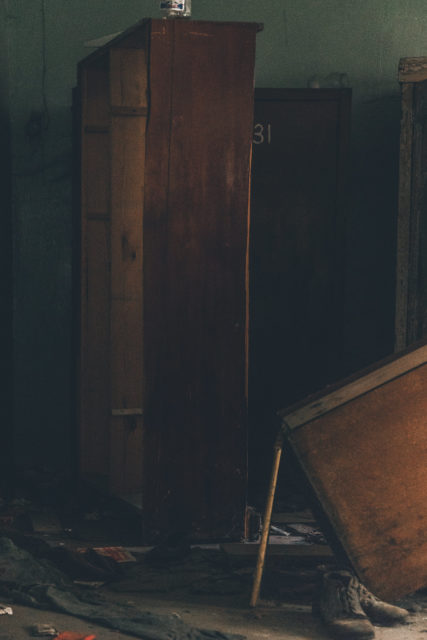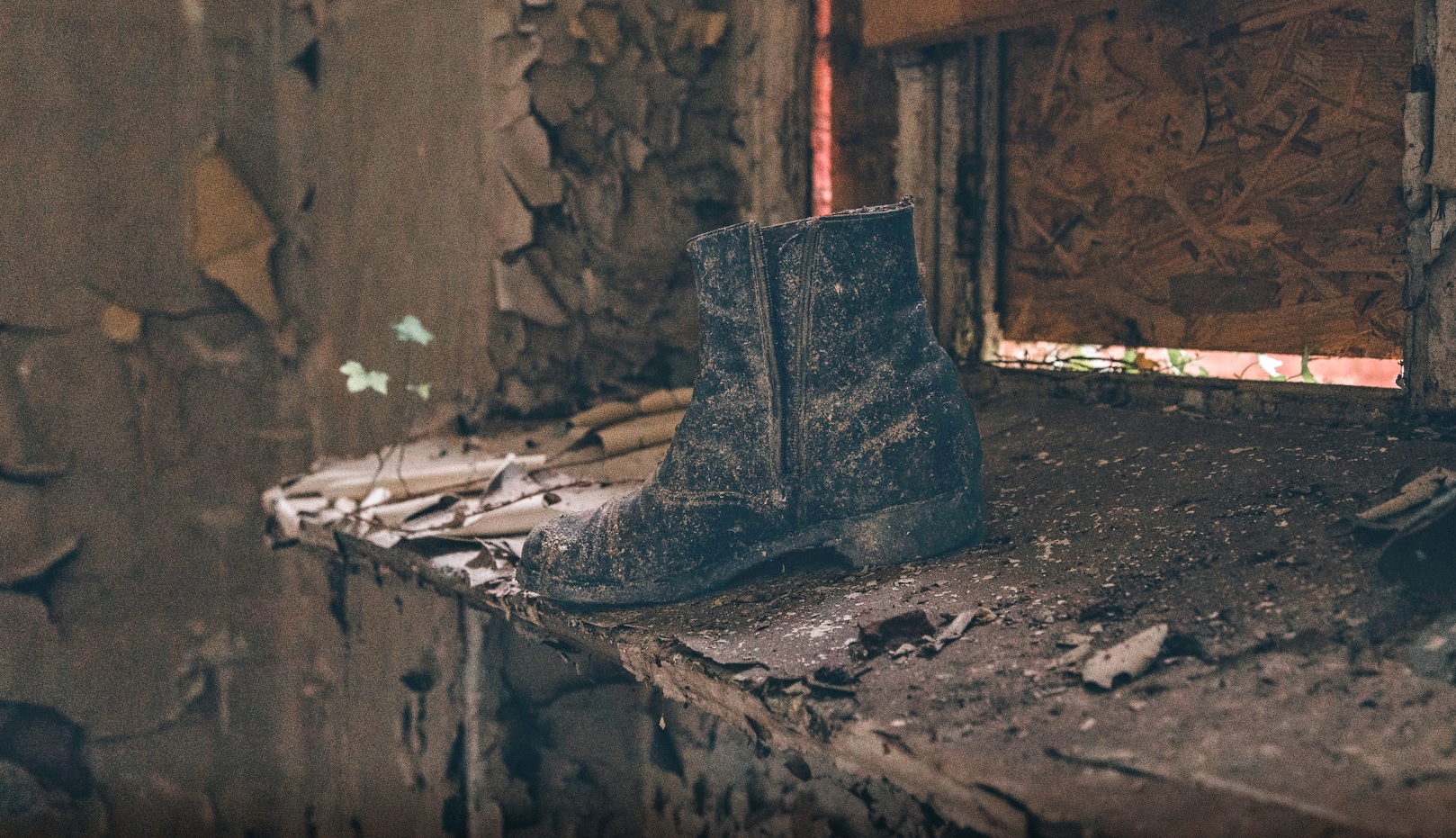The huge complex of a former state asylum now stands abandoned on the Gazenberg Hill southwest of the center of Teupitz, Brandenburg, Germany.
The institution has been known by various names over the years, including Landesirrenanstalt Teupitz (Teupitz State Mental Asylum), Landesirrenanstalt-Hauptanstalt, (Teupitz State Asylum Headquarters), and Landesklinik Teupitz (Teupitz State Clinic)
At the beginning of the 20th century, there was a need for another German state asylum. After an invitation to tender, the provincial committee chose the municipality of Teupitz.
With the relatively low cost of land in that area as well as nearby train stations and a pleasing, natural environment, it was deemed an excellent location.
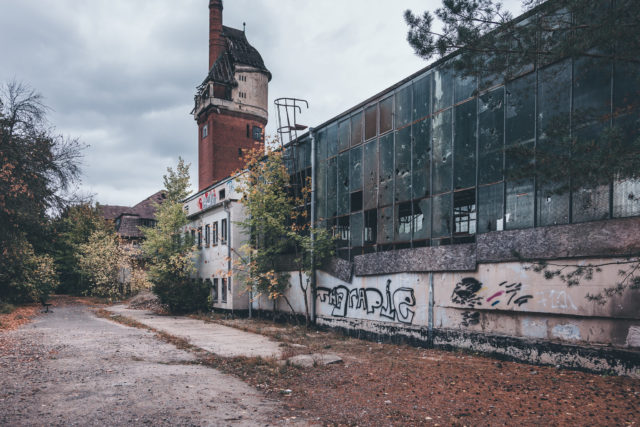
The project was headed by the architect Theodor Goecke. Construction began in the summer of 1904 when a large number of buildings in the pavilion-style were erected. When completed in 1908, the Teupitz Institution had a capacity of 1,050 beds. An associated care home for the elderly offered space for another 150 people.
The complex also consisted of administrative and kitchen buildings, workshops, and spacious gardens as well as numerous green spaces for agriculture. There were about 16 pavilions in total, which were divided into eight for the men and eight for the women.
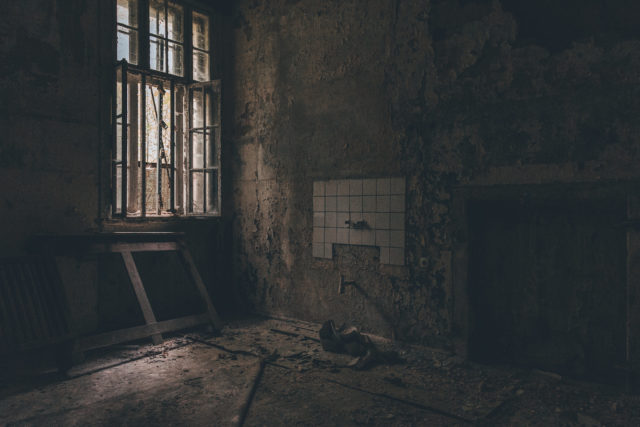
In 1908, the Teupitz Institution was officially opened under the direction of Karl Berthold Knörr. It contained modern equipment as well as central heating, water supply from a water tower, and a sewerage system. The asylum was capable of producing its own electricity, which was helpful since the city wasn’t connected to the power grid until 1922.
To source enough building materials, a special factory was built to process limestone into sand-lime bricks exclusively for the new hospital. After the construction of the hospital was completed, the plant filed for bankruptcy.
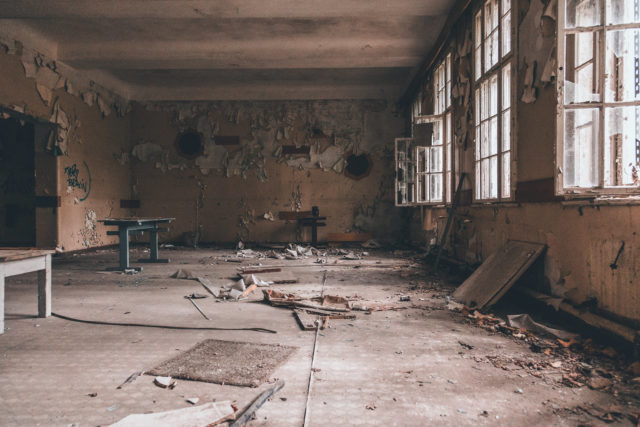
In 1908, the hospital administration decided to purchase some nearby property and build a cemetery chapel.
The chapel was completed only in 1917 and was painted by the church artist Robert Sandworth. A 50-meter (164-foot) chimney with an observation deck was also added to the water tower, making it an iconic and much-photographed structure.
When the First World War broke out, the Teupitz Institution was converted into a military hospital for wounded soldiers. T
here were so many fatalities that, at times, the hospital was empty for several days. Like many other institutions, the hospital was temporarily closed in 1923 due to economic difficulties during the period of hyperinflation.
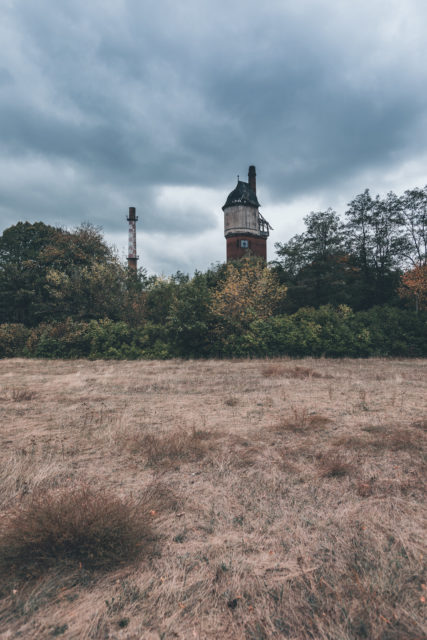
The institution was reopened in 1924, at which point it was expanded to accommodate 1,500 patients. A slaughterhouse, ballroom, water and electricity plant, nursery, and cemetery were all added, along with houses for the doctors and medical director.
During the Second World War, the Teupitz Institution became part of the Aktion T4 program. Aktion T4 is the post-war name that was given to the mass euthanasia of those with mental health issues. Such fatalities were considered to be “merciful” because the patients were deemed “incurably sick.”
It is estimated that between 275,000-300,000 people lost their lives during the Second World War as a consequence of the T4 program.
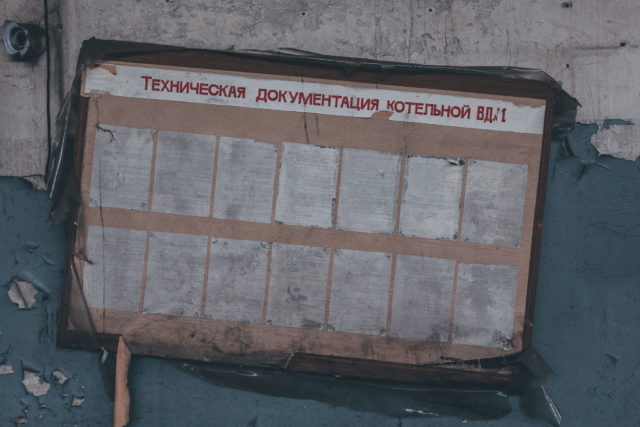
At the end of April 1945, the Red Army took control of the Teupitz Institution and the rest of the city. The institution’s head and the chief physician of the hospital were arrested. Their fates remain unknown. During the fighting, many buildings were damaged, and one was completely destroyed.
The Soviet Army operated a military hospital on this site from May 1945 until 1991. The complex was divided into different zones for patients with various mental disorders, alcoholics, and different levels of military rank. A library, laundry, and other public facilities were also added to the services offered.
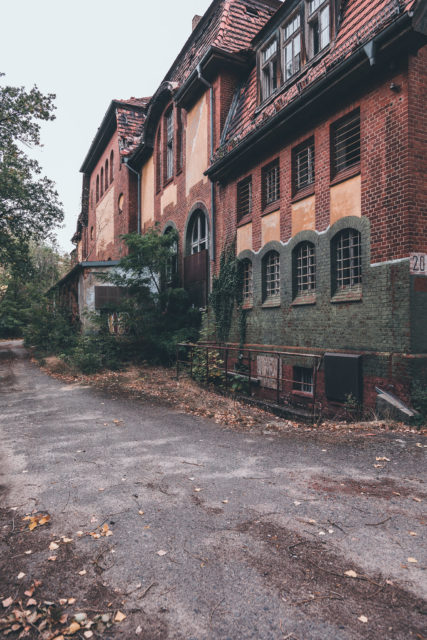
At its peak, the clinic had about 500 employees, most of whom were from the Soviet Union. By 1991, the hospital had been transferred back to Germany. It became known as Landesklinik Teupitz. A restructuring took place in 1992, and further clinics were added over the years.
In 1997, the entire former military hospital, with its 20 brick buildings, was declared a national monument. In the entry, it is given the German name of Landesirrenanstalt-Hauptanstalt.
In May 2000, a memorial monument in the form of a black obelisk was erected in the park of the clinic to honor the memory of the numerous victims of the T4 crimes.
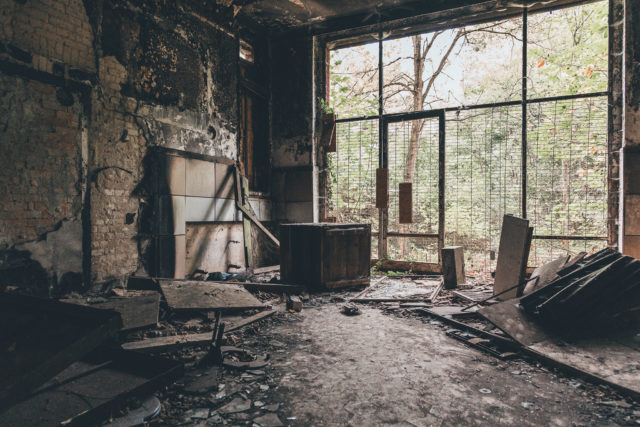
In recent years, the hospital has been up for sale with no interested buyers coming forward. Various projects for refurbishment and reconstruction of the buildings were proposed. These included a school, a condominium, luxury loft apartments, and a cafe, but none of these projects could be realized.
In 2005, part of the complex was sold to the Asklepios Clinic group. This part was modernized and turned into a private clinic for those with mental health issues.
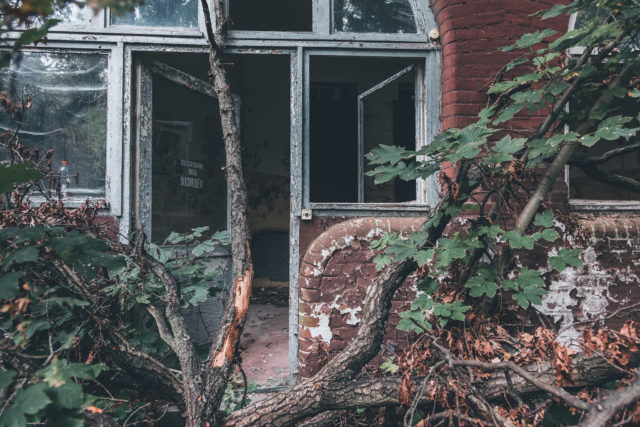
However, the 16 hectares of the former asylum remain vacant. The buildings are rapidly deteriorating over time, destroyed by nature, copper thieves, and vandals. It costs the state about 20,000 euros a year to maintain it.
Despite the fact that the doors and windows of buildings are locked with metal plates, it is still possible to gain access to the premises. However, most of the rooms are empty, with only pots, pans, and litter to be found.
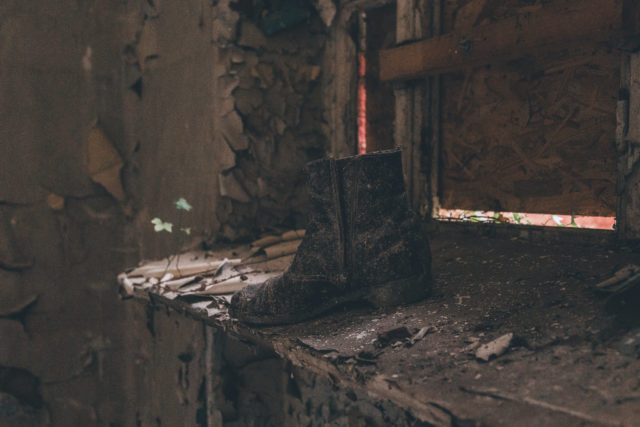
Thank you to Daniel, one of the photographers on the Pixelgranaten.de project, which hosts photos taken with both smartphones and cameras. He is happy to share his work and is always glad to receive feedback and suggestions.
Check out his website where you can get in touch with him and find a lot of interesting pictures. You can also buy a print of any photo. Follow this project on Facebook and Instagram.
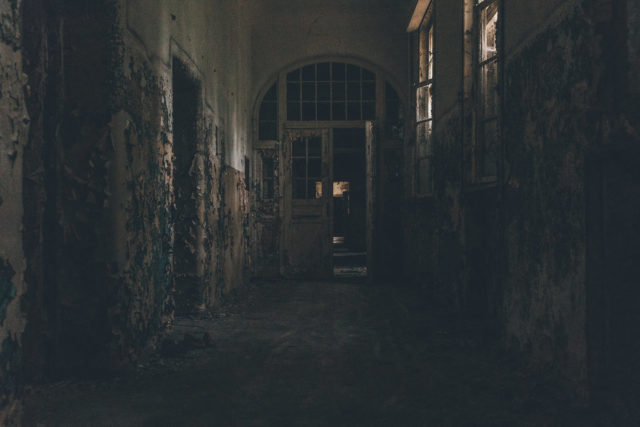
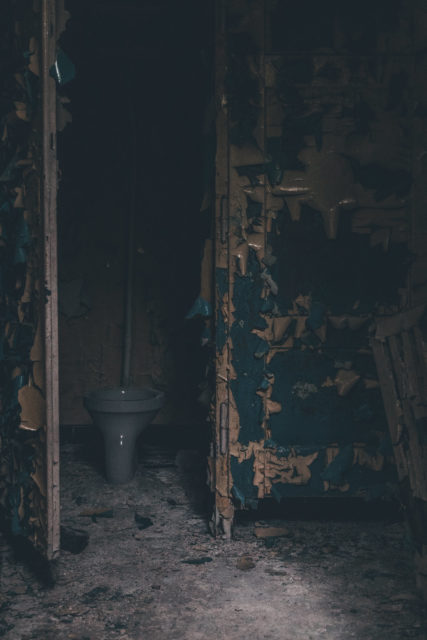
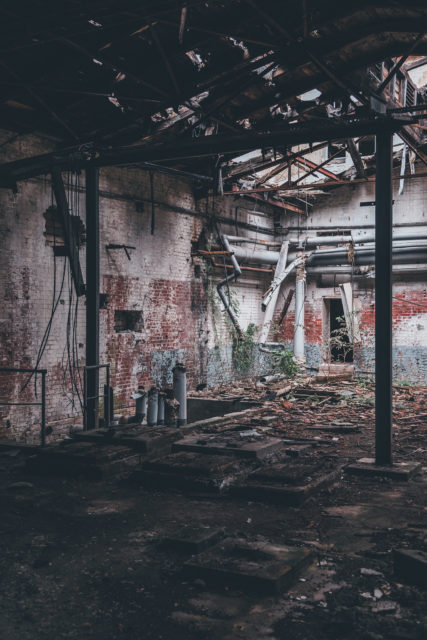
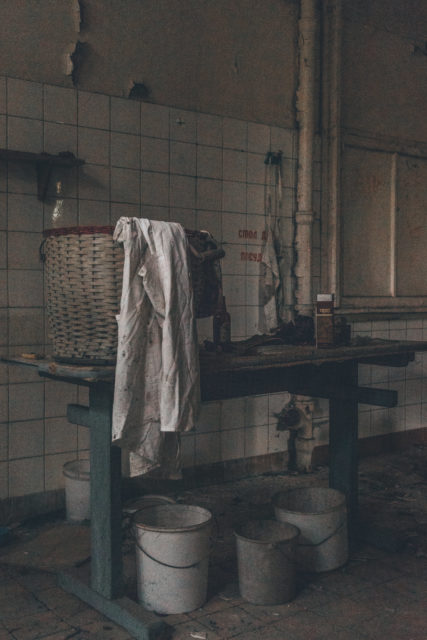
Another Article From Us: Abandoned German Military Falkenhagen Bunker
